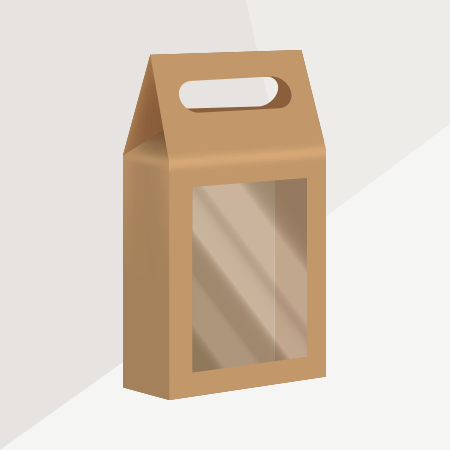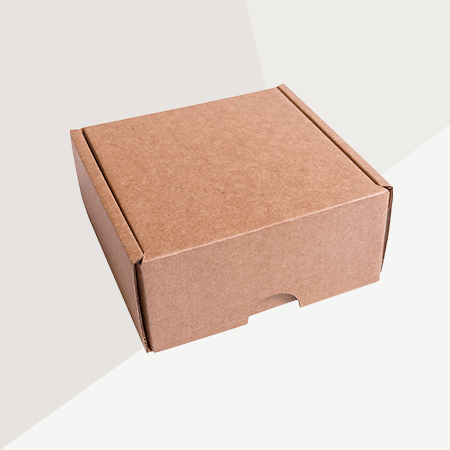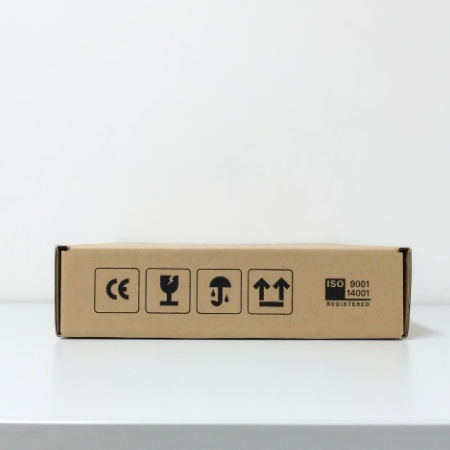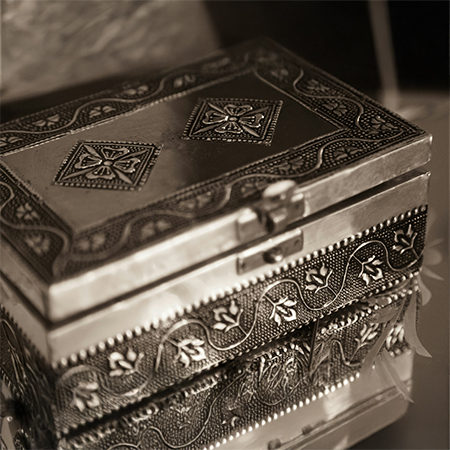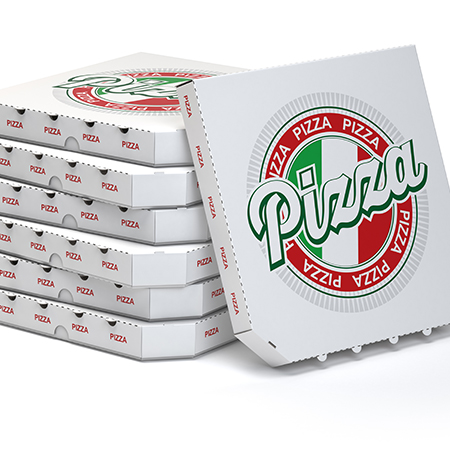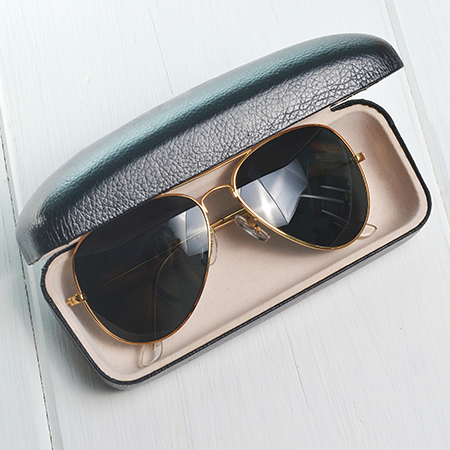For custom shaped luxury bags, the only limit is imagination. Whatever your product is, we will carry out a design study, and deliver you the luxury bag your brand deserves. We can offer the same additional print finishes and choice of handles as our other luxury bags.
After all these choices are made, you are going to have a wonderful cardboard to reflect your brand and its identity, out on the streets, at the hands of people! This will result in brand awareness, and will potentially bring you customers.
